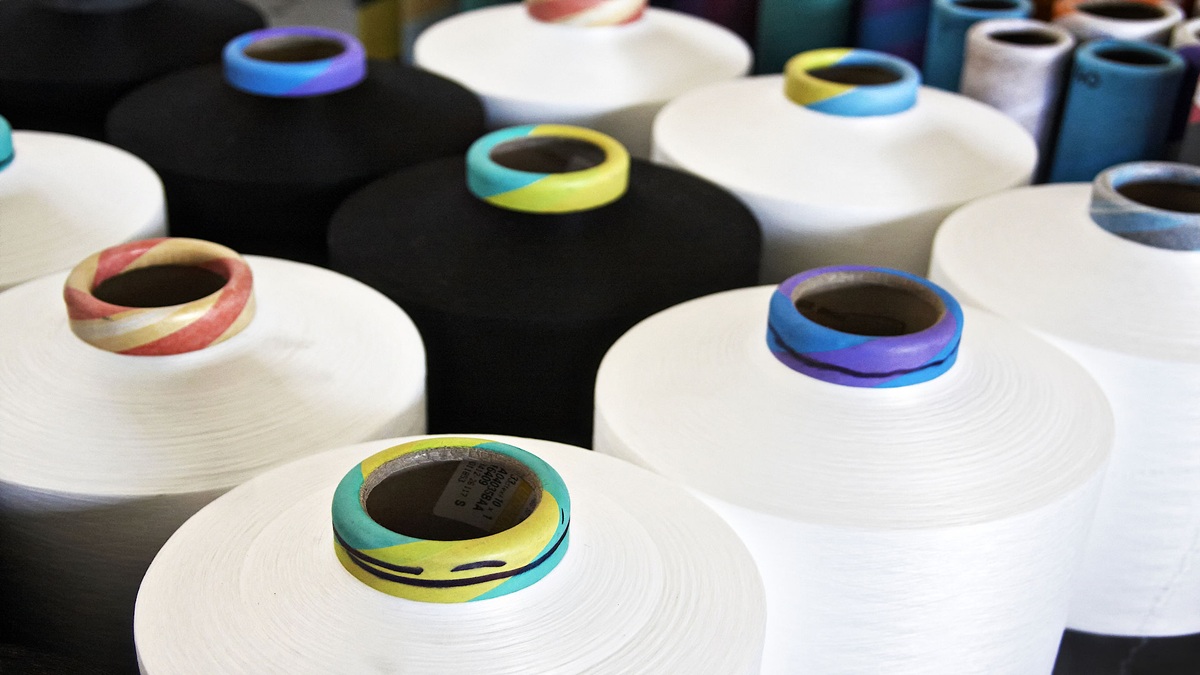From initial fabrics to smart textiles integrated with modern technology, apparel is no longer merely for covering and decoration. Instead, it is gradually transforming into an intelligent partner capable of sensing its environment and its user. This quietly emerging textile revolution is redefining our perception and expectations of "wearable" products. This article will deeply explore the definition of smart wearables and their revolutionary aspects, analyze their cutting-edge applications in the field of health and medicine, and look forward to their future development and the challenges they face, revealing how smart textiles are reshaping our lifestyle.
What Are "Smart Wearables"? The Evolution of Apparel
Smart and Functional Wearables refer to the integration of sensors, micro-electronic components, and advanced textile fibers, enabling apparel to simultaneously possess physiological monitoring, environmental sensing, and data communication functions. According to a report by the market research firm Virtuemarketresearch, the global smart textile market was valued at approximately US$2.83 billion in 2022 and is expected to reach US$15.02 billion by 2030, growing at a compound annual growth rate (CAGR) of approximately 23.2% from 2023 to 2030. With the continuous advancement of technology miniaturization and multi-functional integration, smart textiles are expanding rapidly and leading the textile industry into a new stage of evolution.
Smart Wearables: Shaping Diverse Aspects of Life
The application scope of smart and functional wearables is extremely broad, and their potential far exceeds our imagination. They not only enrich our daily wear but also initiate profound changes in key areas such as healthcare, redefining how we interact with the world.
Health and Medicine: Seamless Monitoring for Precise Care
By integrating sensing technology, smart textiles can continuously monitor physiological data such as heart rate, body temperature, respiration, and movement, providing timely alerts for chronic patients and the elderly to achieve more precise health management and care. This type of technology enhances the convenience and effectiveness of home care, making health monitoring seamless and efficient.
Beyond global trends, Taiwan's textile industry is actively investing in smart textile R&D. For example, Formosa Taffeta Co., Ltd. has launched the "A+ Smart Thermoregulating Apparel," which combines an active heating element with a smart control system. Users can achieve intelligent temperature regulation of the garment via mobile phones or other smart devices, achieving efficient thermal insulation. Far Eastern New Century, in collaboration with NeuroSky, has developed smart sports apparel that utilizes biosensors to instantly track the user's physiological status, enhancing the accuracy and convenience of exercise monitoring. These examples demonstrate the practical applications and growth potential of Taiwan's smart textile technology.
From Dream to Reality: Challenges and Future Blueprint
Although smart textiles are developing rapidly, they face multiple challenges, including material durability, wearing comfort, energy endurance time, and production cost control. Furthermore, the security and privacy protection of personal data stored and transmitted from large volumes of physiological data have also become legal responsibilities that the industry must strictly adhere to.
For instance, the EU's GDPR regulates the management of personal data in smart wearable devices. With the promotion of the Internet of Things (IoT) and 5G technology, smart textiles are expected to bring significant improvements and fundamental changes in medical health, work efficiency, and interactive entertainment, among other aspects, further elevating quality of life and industrial innovation. Moreover, the continuous improvement of relevant regulations and technical standards will also promote the healthy and long-term development of the smart textile industry.






.jpg)







.jpg)